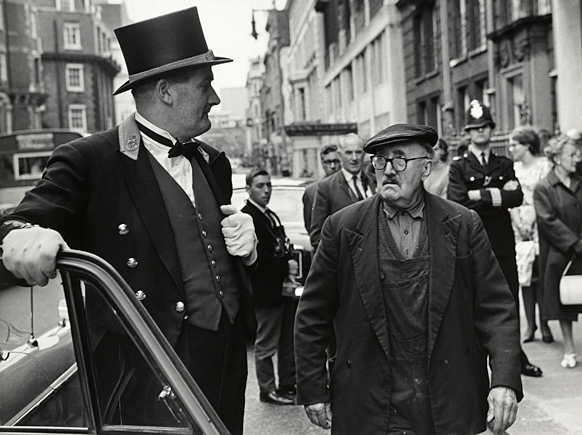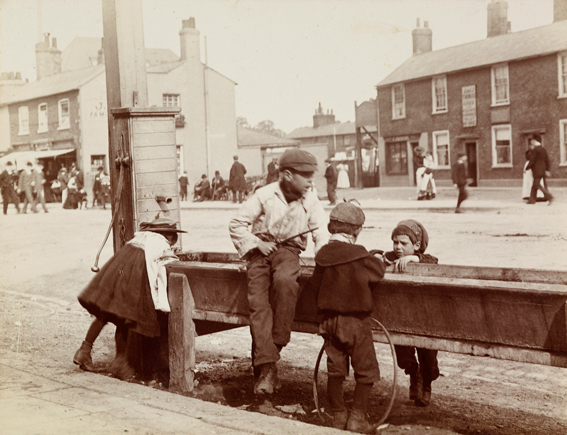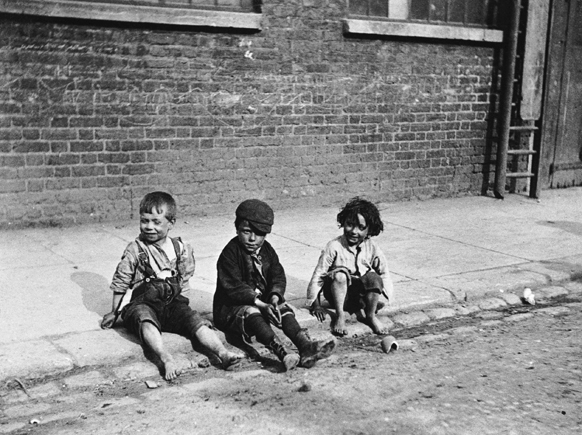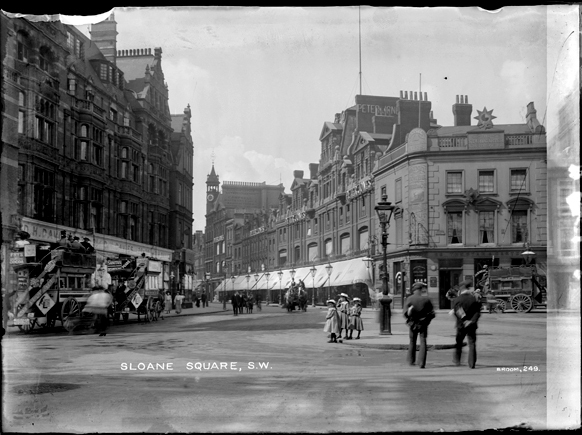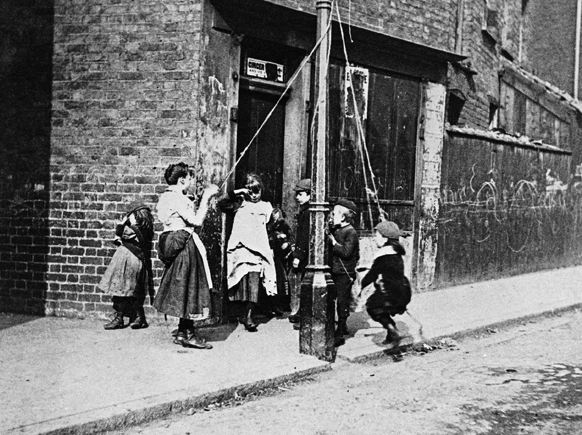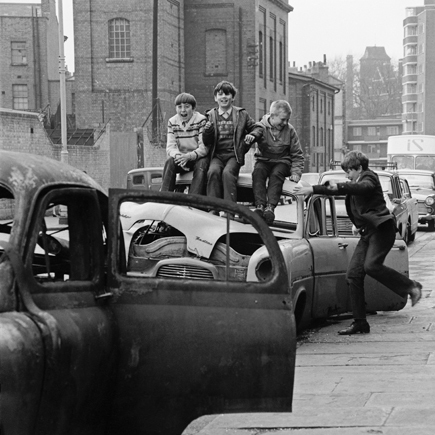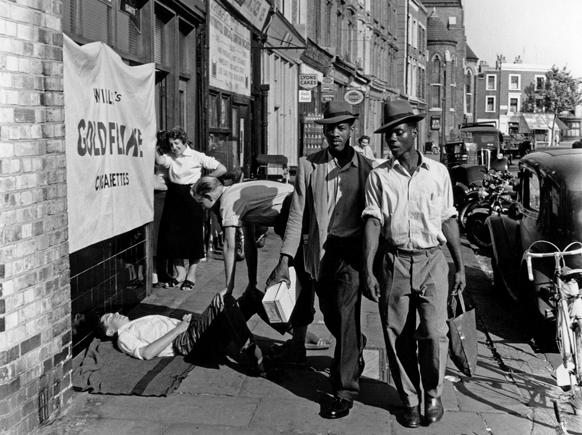Streets of London
For Londoners, this is a year to celebrate the street photographer, as historic shots of their capital light up the Museum of London. Here, in precious and remarkably vivid photos, one can glimpse the very world detailed by writers like Mayhew and Dickens – as street photography commences in the Victorian era.
While most early photographers fixated on buildings and vistas, some planted equipment around the teeming streets. In locations that had long inspired painters, they produced the city’s first “instantaneous” images.
Dealing directly with subjects or waiting for crowds to gather before them, these pioneers originated new approaches. One result, in 1876, was the first-ever volume of social observation by photo, a book entitled Street Life in London. By around 1819, technology had yielded handheld and multi-shot cameras, which could freeze moving objects.
Thus, in a London at the summit of her imperial glory, a new kind of artist was equipped to emerge. This was the photographer who worked not in studios but in the public’s domain of streets, parks and markets. Newspapers and magazines discovered photography as a draw and soon employed teams of lensmen to capture special events. But equally interesting were the works of amateurs, London residents suddenly seeing the city afresh.
The show’s selection of photographers draws from many sources and proves just as diverse as the streets roamed by contributors. From East missionaries who strove to highlight social need through successive waves of immigrants struck by the new, every kind of London life is visible here.
Some snappers in the show are on assignment. Others developed specialties such as portraits or architecture. Many are detailing the countless demarcations of class – while freer spirits are drawn to the spontaneous moment. Together, they explore themes from preservation to the postcard, showing visitors both the everyday and the exotic.
These views move from the horse and carriage to the motorcar, from a London that preceded Jack the Ripper to the present. There are personal images of the Blitz and the Swinging 60s, as well as intimate glimpses of lost social customs. The early section even includes rare moving footage (the same enjoyed by those who attended the British Film Institute’s 2010 “An Evening in Victorian and Edwardian London”).
Its curator Mike Seaborne is himself a street photographer, one who has produced notable work on docklands and the high street. Faced with forging a show from the vast Museum archives, he focused on “everyday life as it plays out in the street”. After sifting through literally tens of thousands of photos, Seaborne decided to omit preplanned events such as street parties, demonstrations or parades. The resulting show has a fresh, engaging air, one which has attracted both record crowds and repeat visitors.
The Museum’s show offers a perfect complement to July’s London Festival of Street Photography. A month of talks, exhibits and related events, it takes place at venues that include St. Pancras, the British Library and the National Portrait Gallery. With photo walks, workshops and shows such as Entente Cordiale: Images from France and England, the Festival seeks to interest and involve in-Public’s constituents. It looks especially to the world of digital capture, of smart phones and Flickr.
It was a French-based Briton named Nick Turpin who founded the international street photography group in-Public. Turpin feels the form merits a truly fresh reassessment. The art so often linked with names such as Atget, Brassaï and Cartier-Bresson, he says, must be reconsidered. Not just in light of the British greats on show but in the very way the genre is defined.
Turpin sees the form as increasing in relevance. “An extremely important way of showing us the society we’ve built . Generally when you see images of our society, it’s in the media, which is all owned by somebody. For that reason alone, street photography is important.”
Certainly the Museum of London has done its part, by highlighting the contributions of names such as Henry Grant, Paul Martin and Roger Mayne. From the 19th century right through the 1990s, London street photographers focused mainly on social recording. They tended to look says Seaborne, mostly at London’s workday rhythms, at her poor and their struggles and the meaning of daily life in her streets.
Whether London’s byways lead one to grab the moment as social statement or visual epiphany, one thing is clear: they remain inspirational. It is our common urge to respond – to prove how truly we are a part of them – which makes London Street Photography such a blockbuster show.


